Table Of Contents:
Are you struggling to make the most of your room’s space? Strategic space planning can turn an underutilized area into a functional hub. This article will explore techniques to assess your room requirements, select furnishings that enhance function, and leverage technology for ongoing optimization. By implementing these strategies, you’ll not only maximize room functionality but also address common pain points like ineffective layouts. Let’s dive in and discover how to optimize resource allocation effectively, making every square foot count.
Understanding Strategic Space Planning
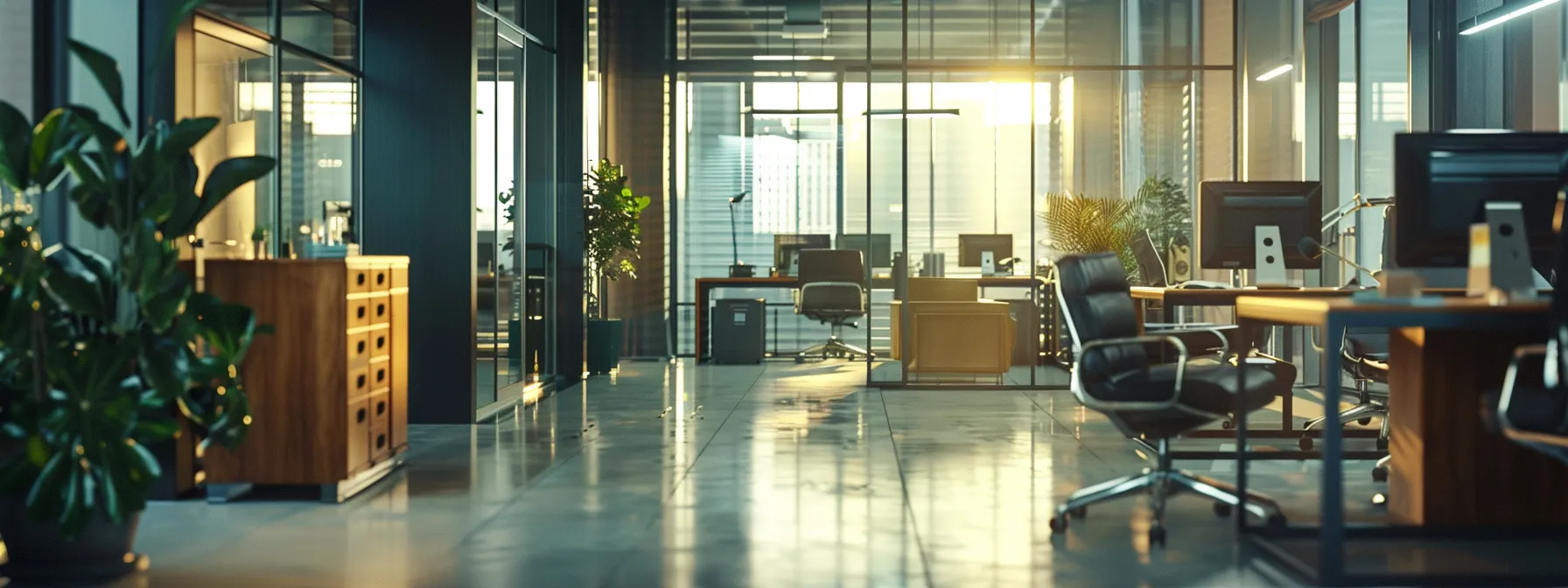
Space planning is essential for enhancing the functionality of any property. By implementing effective strategies, I can design optimal office layouts that emphasize scalability and maximize return on investment Google Maps Location. In this section, I will cover the key principles of creating effective room layouts and explore how these principles significantly impact overall room functionality.
Define Space Planning and Its Importance
Space planning is a critical aspect of interior design that ensures every room is utilized to its fullest potential. By thoughtfully organizing the layout, I can enhance user experience, particularly in modern workplaces that utilize concepts like hot desking. Effective space planning contributes not only to the functionality of a room but also to creating an environment that fosters productivity and comfort.
- Understanding space planning is vital for optimizing room layouts.
- It focuses on improving user experience in diverse environments, including workplaces.
- Incorporating strategies like hot desking can enhance functionality and flexibility.
Explore Key Principles of Effective Room Layouts
In my experience, effective room layouts are built on key principles that optimize both function and aesthetic appeal. First, I emphasize the importance of an integrated workplace management system to streamline operations and foster collaboration. By integrating energy-efficient designs and automation into space planning, I can create environments that not only reduce the carbon footprint but also enhance the overall employee experience.
- Focus on user interaction and collaboration to enhance productivity.
- Utilize space efficiently through smart technology and automation.
- Design for flexibility to accommodate evolving workplace needs.
Recognize the Impact on Room Functionality
Recognizing the impact of strategic space planning on room functionality is crucial for enhancing productivity within a building. By utilizing shared spaces and incorporating smart sensors, I can monitor resource allocation in real-time, ensuring that every area is optimized for use. For example, designing adaptable meeting rooms that can easily transition from collaboration zones to individual workspaces not only improves workflow but also fosters a more dynamic work environment.
Space planning is the backbone of great design. Now, let’s turn our focus to the specific room needs that will elevate both function and comfort.
Assessing Room Requirements for Maximum Functionality
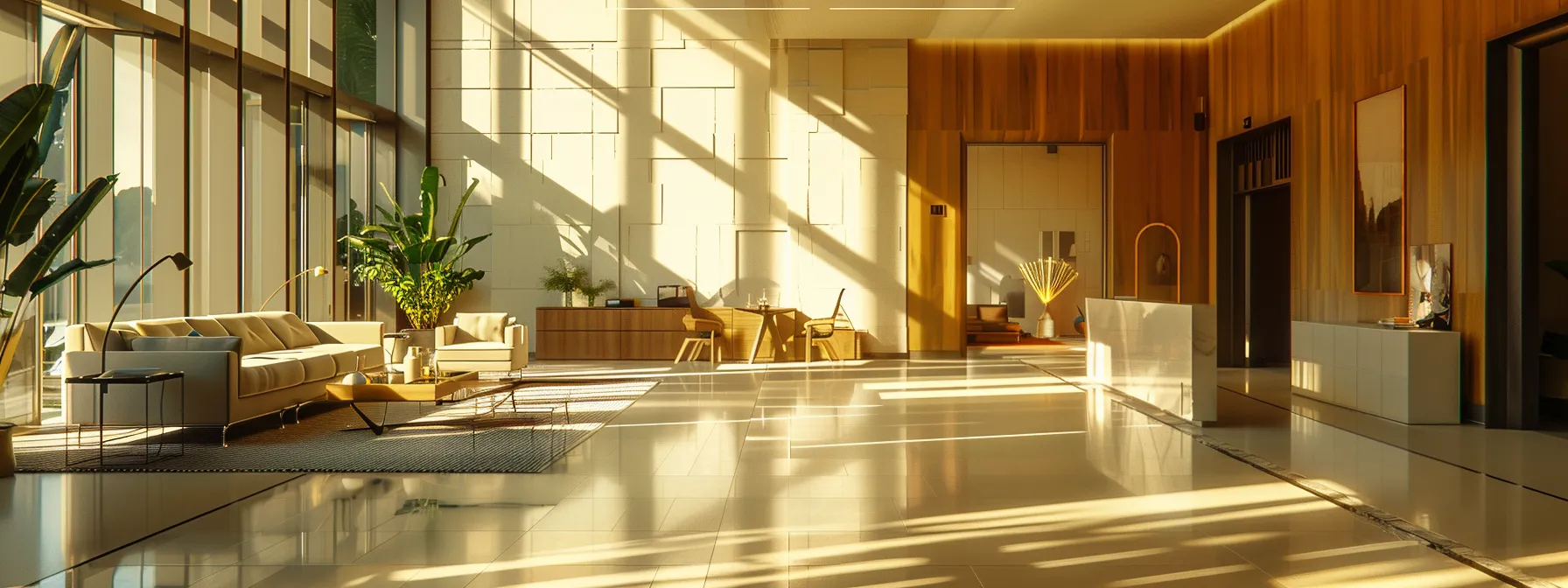
To maximize room functionality, I begin by identifying the purpose of each space, ensuring that every area aligns with specific needs. I analyze user activities to tailor the floor plan effectively, prioritizing essential features like safety and adequate lighting. Additionally, I evaluate spatial constraints and opportunities, which helps minimize downtime and enhance the overall workspace experience.
Identify the Purpose of Each Space
In my approach to maximizing room functionality, identifying the purpose of each space is foundational. By assessing user needs and desired outcomes, I can ensure optimal space utilization while minimizing unnecessary expense. For example, designing areas dedicated to collaboration can increase efficiency and foster creativity, as I leverage analytics to monitor how teams interact within these environments. This targeted planning not only enhances the overall user experience but also aligns the design closely with organizational goals.
Analyze User Needs and Activities
In my experience, analyzing user needs and activities is essential for creating spaces that are not only functional but also conducive to productivity, particularly in higher education institutions. For instance, by assessing how students and faculty interact in shared learning environments, I can identify the necessary overhead for technology such as cloud computing, which facilitates collaboration. This assessment also allows me to enhance visibility and access to resources, ensuring that human resources and administrative tasks are streamlined for efficiency, ultimately supporting the institution’s educational goals.
Prioritize Essential Features and Amenities
In my practice, prioritizing essential features and amenities is crucial for effective space optimization. I begin by analyzing occupancy needs and traffic flow within the environment, ensuring workstations are positioned to promote accessibility and collaboration. By integrating infrastructure elements, such as adequate power outlets and ergonomically designed furniture, I can enhance the overall functionality and comfort of the space, directly impacting employee productivity and satisfaction.
Evaluate Spatial Constraints and Opportunities
When evaluating spatial constraints and opportunities, I focus on enhancing usability through effective room scheduling strategies. Utilizing data points from previous occupancy rates, I can identify trends that illustrate how spaces are currently used versus their intended purpose. This analysis helps me optimize the ratio of space allocated for different functions while supporting sustainability by ensuring that resources are utilized efficiently, reducing waste and promoting a more eco-friendly environment.
- Assess recent data points to understand current space utilization.
- Determine the ratio of space dedicated to various functions.
- Implement room scheduling to maximize efficiency.
- Focus on sustainability to promote eco-friendly design practices.
Once you understand the needs of a room, the next step is clear. Let’s explore techniques to maximize every inch of space and make it work for you.
Techniques to Maximize Space Utilization
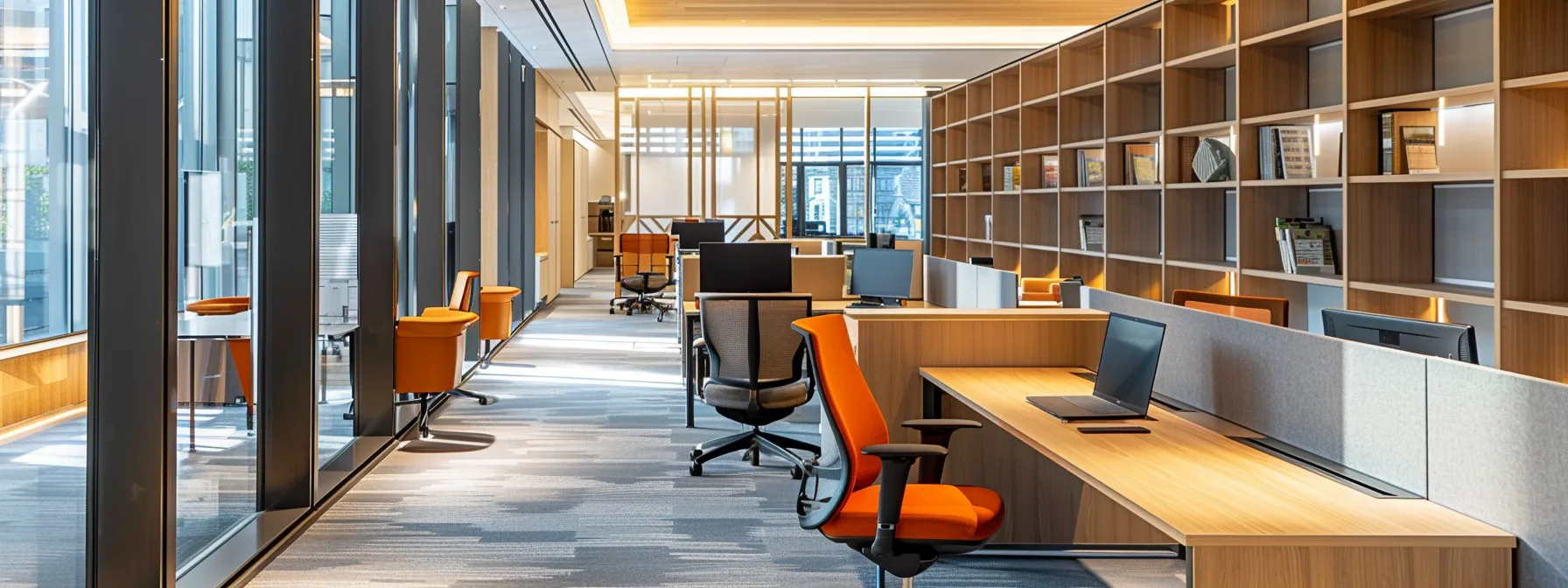
To maximize space utilization effectively, I focus on optimizing traffic flow and circulation paths. Incorporating vertical space enhances organization, while innovative storage solutions help manage resources efficiently. I also create multifunctional zones that adapt to various activities. Each of these techniques leverages data analytics and machine learning insights, often supported by a mobile app to streamline resource allocation and elevate overall functionality.
Optimize Traffic Flow and Circulation Paths
Optimizing traffic flow and circulation paths is essential in maximizing room functionality within any design. During construction, I carefully analyze the layout to minimize bottlenecks and ensure that cubicles and common areas are easily accessible. This approach not only enhances the overall user experience but also supports effective asset management by allowing teams to respond quickly to demand without unnecessary delays.
| Focus Area | Importance |
|---|---|
| Traffic Flow | Reduces bottlenecks and improves accessibility. |
| Cubicle Layout | Enhances team collaboration and efficiency. |
| Asset Management | Streamlines resource allocation and usage. |
| Construction Timing | Ensures that space is optimized from the beginning. |
| Demand Responsiveness | Facilitates quick adjustments to changing needs. |
Utilize Vertical Space Effectively
Utilizing vertical space effectively is a fundamental technique for maximizing room functionality, particularly in modern office environments. By incorporating shelving, wall-mounted storage solutions, and even vertical gardens, I can enhance facility management and create a culture of innovation. This not only optimizes available space but also supports regulatory compliance, ensuring that all storage complies with safety standards, ultimately benefiting employees through improved organization and accessibility.
| Strategy | Benefits |
|---|---|
| Shelving | Increases storage capacity while maintaining floor space. |
| Wall-Mounted Storage | Enhances accessibility and organization without crowding the room. |
| Vertical Gardens | Improves air quality and promotes well-being among employees. |
| Compliance Solutions | Ensures safety standards are met for user satisfaction. |
Implement Innovative Storage Solutions
Implementing innovative storage solutions is crucial for maximizing room functionality, especially in a coworking environment where space can be limited. One effective strategy I’ve employed is utilizing modular storage systems that adapt to various needs, allowing for easy reconfiguration during renovation projects. This flexibility is particularly beneficial for remote work scenarios, where the changing dynamics of teamwork demand efficient storage options that keep essential materials organized and accessible without consuming valuable floor space.
Create Multifunctional Zones
Creating multifunctional zones is a key strategy in space planning that enhances workflow and addresses diverse user needs. By designing areas that can serve multiple purposes—like a conference room that transitions into a social space—I can maximize the utility of each room while effectively managing inventory and resources. This approach not only supports collaboration but also helps reduce the carbon footprint by optimizing space usage and minimizing the need for additional square footage, ultimately fostering an environment that promotes both productivity and sustainability.
In the quest for a well-designed space, choosing the right furniture and fixtures is key. Each piece must serve a purpose, enhancing both style and functionality in your home.
Selecting Furniture and Fixtures Strategically
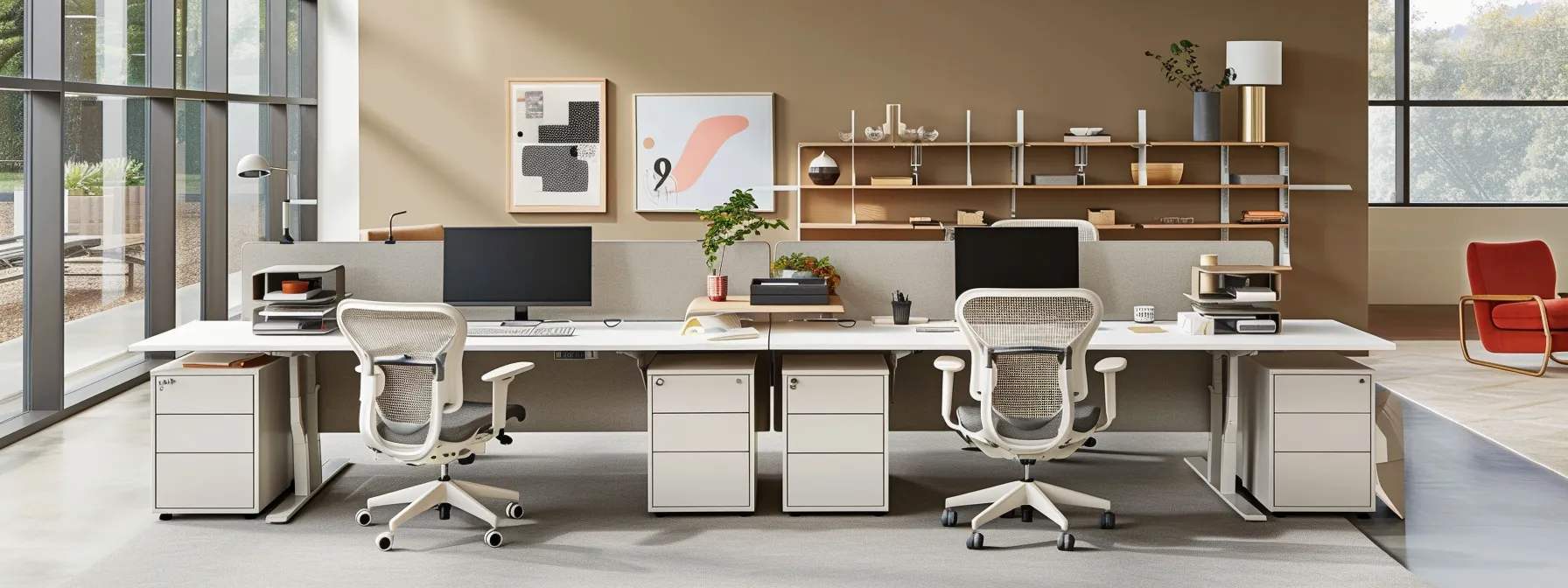
Choosing scalable and modular furniture pieces is essential for maximizing room functionality, as it allows for flexibility in layout adjustments based on changing needs. Incorporating built-in storage options enhances accessibility while minimizing clutter. Additionally, considering ergonomics is crucial for improving job satisfaction and efficiency, ensuring that design elements align with functional goals and support effective leadership within the space.
In the following sections, I will delve deeper into each topic, offering practical insights on how to select furniture that adapts to your environment. I will also discuss the importance of data collection in understanding user needs and how these choices can impact lease agreements and overall workplace dynamics.
Choose Scalable and Modular Furniture Pieces
Choosing scalable and modular furniture pieces is crucial for effective space management in any environment. By leveraging furniture that adapts easily to changing needs, I can significantly improve density and capacity utilization within a room. For instance, modular desks can effortlessly be reconfigured for team collaboration or individual work, accommodating varying group sizes while making room for advanced technologies like building automation and the internet of things. This flexibility not only enhances functionality but also ensures that every space is utilized to its fullest potential:
| Furniture Type | Benefits |
|---|---|
| Modular Desks | Easy reconfiguration for different layouts. |
| Stackable Chairs | Maximize floor space when not in use. |
| Multi-purpose Tables | Serve various functions, enhancing utility. |
| Built-in Storage Solutions | Reduce clutter while maintaining accessibility. |
Integrate Built-in Storage Options
Integrating built-in storage options is essential for enhancing room functionality within any office layout. When I design spaces, I focus on incorporating features that contribute to efficient organization, which can significantly reduce clutter and improve productivity among the workforce. By ensuring that an appropriate percentage of available space is allocated for built-in storage, I can meet peak demand requirements without sacrificing aesthetic appeal, especially in green building designs that prioritize sustainability.
| Storage Solution | Benefit |
|---|---|
| Built-in Cabinets | Maximize vertical space, keeping floors clear. |
| Designated Shelving | Enhances accessibility for frequently used items. |
| Multi-functional Furniture | Combines storage with everyday use, optimizing functionality. |
| Hidden Compartments | Aids in maintaining a clean and organized appearance. |
Consider Ergonomics for Comfort and Efficiency
Considering ergonomics is fundamental to maximizing room functionality. At YOLO Interiors, I emphasize the importance of choosing furniture that supports comfort and efficiency on the floor. By understanding how ergonomic design impacts employee productivity, I can select seating and workstations that act as performance indicators for wellness, creating adaptable spaces that cater to the diverse needs of users.
Align Design Elements With Functional Goals
Aligning design elements with functional goals is essential for optimizing room functionality and enhancing the user experience. I utilize measurement tools and facilities management software to assess the spatial requirements of various functions, ensuring that every piece of furniture and fixture contributes effectively to the intended use. By integrating room booking systems and space management software, I can streamline workflows, support efficient resource allocation, and create an environment that promotes productivity and collaboration.
Choosing the right furniture shapes a room‘s character, but it is the thoughtful arrangement that brings it to life. Next, we’ll explore how technology can transform space planning, making each choice not just desirable but functional.
Leveraging Technology in Space Planning
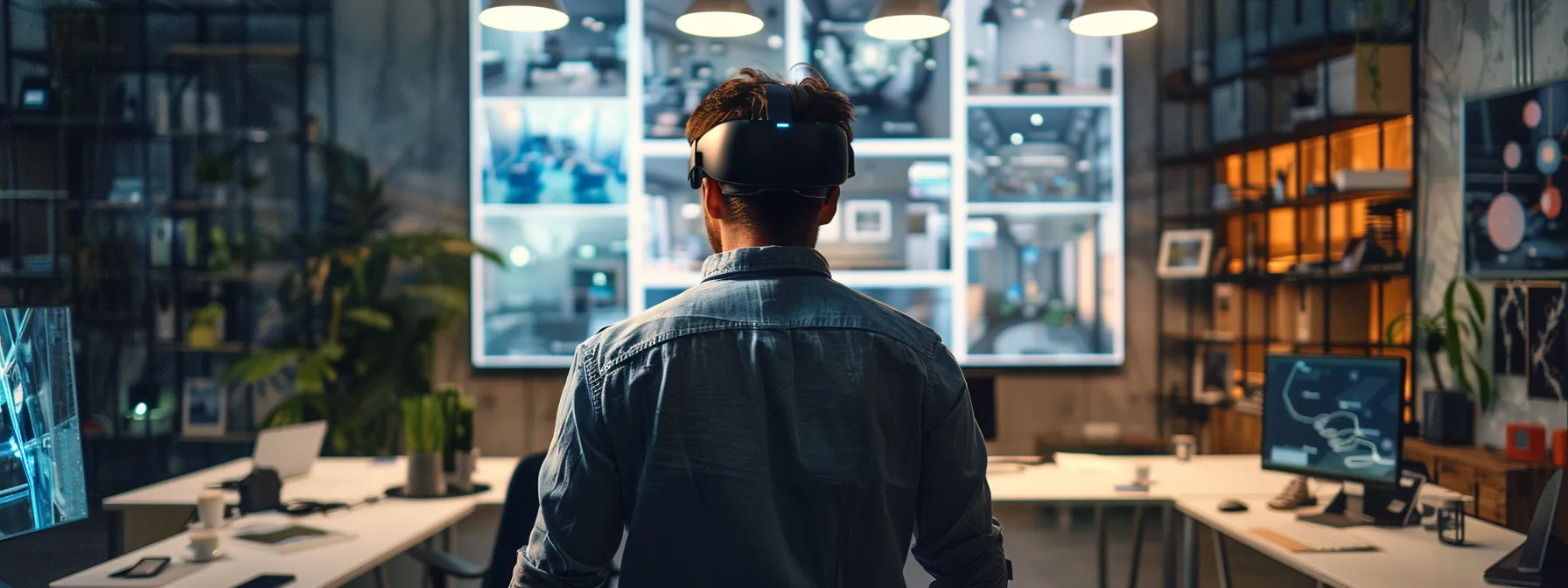
In today’s design landscape, leveraging technology in space planning is crucial for maximizing room functionality. I utilize planning software to measure spaces accurately, enhancing meeting room scheduling and streamlining turnover processes. Additionally, applying virtual reality allows me to visualize spaces before implementation, while integrating smart home technologies offers flexibility and improved data analysis on resource consumption. These advancements enable me to create dynamic environments tailored to user needs.
Use Planning Software for Accurate Layouts
Utilizing planning software to create accurate layouts significantly enhances the efficiency of space planning. This system allows me to visualize the room‘s footprint, ensuring that every element supports creativity, enhances teamwork, and complies with mental health standards by providing adequate open space and natural light. By inputting specific requirements and objectives, I can develop flexible designs that adapt to evolving business needs while ensuring that the layout promotes a functional and harmonious work environment.
| Benefit | Description |
|---|---|
| Efficient Layouts | Software ensures optimal use of the available footprint. |
| Enhanced Creativity | Allows for innovative spatial arrangements to foster inspiration. |
| Improved Teamwork | Encourages collaboration through strategically placed work areas. |
| Mental Health Focus | Considers open spaces and lighting to promote well-being. |
Apply Virtual Reality to Visualize Spaces
Applying virtual reality (VR) in space planning allows me to visualize and manipulate room layouts with remarkable accuracy. By using this technology, I can assess the frequency of traffic flow and identify potential stress points within a design, ultimately maximizing utility while minimizing the risk of future adjustments. For instance, I can demonstrate how different furniture arrangements affect overall functionality, enabling clients to see firsthand how their space can evolve to better meet their needs:
- Utilizing VR improves layout visualization.
- Helps identify traffic flow frequency and stress points.
- Enhances decision-making by demonstrating utility and risk factors.
- Facilitates dynamic adjustments in real-time.
Integrate Smart Home Technologies for Flexibility
Integrating smart home technologies into the built environment significantly enhances flexibility in room functionality. For instance, by incorporating automated ventilation systems, I can optimize air quality and energy efficiency, ensuring that employees maintain focus and attention during brainstorming sessions. Additionally, smart devices can seamlessly organize storage solutions, such as digital filing cabinets, allowing for quick access to critical information and reducing clutter, thereby fostering an atmosphere that promotes creativity and productivity.
Technology shapes how we plan spaces, making them more efficient and purposeful. Now, let’s explore best practices for keeping those spaces optimized, ensuring they remain functional and inviting over time.
Best Practices for Ongoing Space Optimization
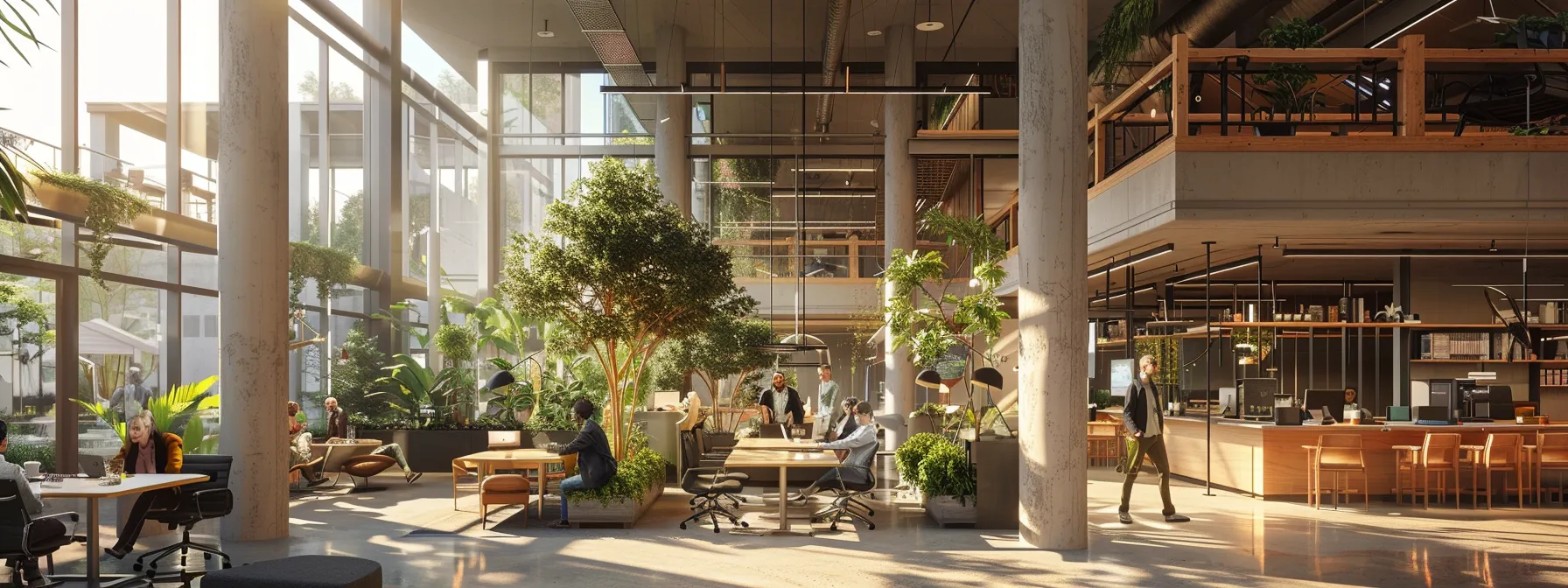
To maintain optimal room functionality, I emphasize the equation of continuous assessment and adaptation of space usage. This involves involving all stakeholders in planning decisions, ensuring that everyone’s perspectives are valued. I also focus on balancing aesthetics with practical needs while incorporating sustainable design principles, particularly in the context of a hybrid workplace. Each of these topics will provide you with practical insights for enhancing your space.
Continuously Assess and Adapt Space Usage
Continuously assessing and adapting space usage is essential for effective office space management. I regularly evaluate how areas, particularly meeting rooms, are utilized to ensure they meet the evolving needs of the organization. By applying facilities management practices and monitoring energy management, I can identify underused spaces and reconfigure them to enhance productivity while reducing overhead costs.
| Assessment Area | Action | Benefit |
|---|---|---|
| Meeting Room Usage | Monitor frequency of use and occupancy levels. | Identify underutilized areas for reallocation. |
| Energy Management | Implement smart systems for tracking consumption. | Enhance sustainability and reduce costs. |
| Facilities Management | Conduct regular surveys for user feedback. | Tailor spaces to better align with user needs. |
Involve All Stakeholders in Planning Decisions
Involving all stakeholders in planning decisions is essential for effective capacity planning and ensuring that the resulting space meets diverse needs. Engaging employees across levels fosters a sense of autonomy while encouraging the adoption of strategies that promote open plan environments conducive to collaboration. By understanding user behavior and preferences, I can create tailored solutions that enhance both productivity and satisfaction within the space:
- Gather insights from diverse teams to inform design decisions.
- Encourage feedback through surveys and focus groups.
- Track usage patterns to identify successful layouts and necessary adjustments.
- Foster a culture of collaboration and communication throughout the design process.
Balance Aesthetics With Practical Needs
Balancing aesthetics with practical needs is crucial in maximizing room functionality during space planning. In my experience, I prioritize creating environments that not only look appealing but also effectively serve their intended purpose. By keeping user logistics in mind, I ensure that every design choice enhances usability without compromising on style, thus resulting in spaces that motivate both productivity and comfort.
- Prioritize designs that enhance usability without sacrificing style.
- Consider user logistics to ensure practical functionality.
- Focus on creating motivating environments that promote productivity and comfort.
Incorporate Sustainable Design Principles
Incorporating sustainable design principles is essential for maximizing room functionality in any space. By utilizing materials and strategies that reduce environmental impact, I can create areas that not only look great but also perform efficiently. For instance, I prioritize energy-efficient lighting and systems that regulate climate control, which not only enhance comfort but also lower operational costs, contributing to long-term savings for clients:
- Energy-efficient lighting and systems.
- Use of sustainable materials in furniture and fixtures.
- Designing for natural light to reduce electricity usage.

